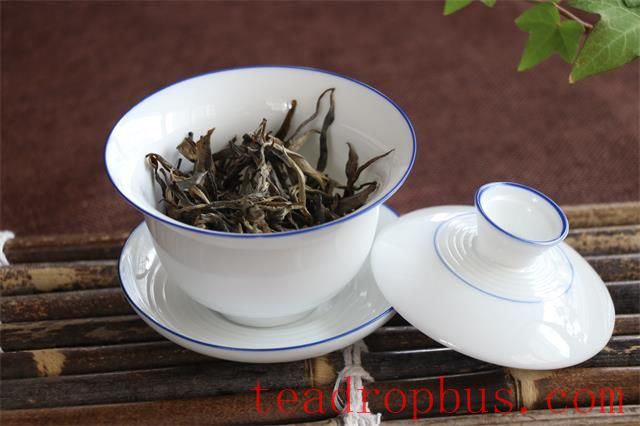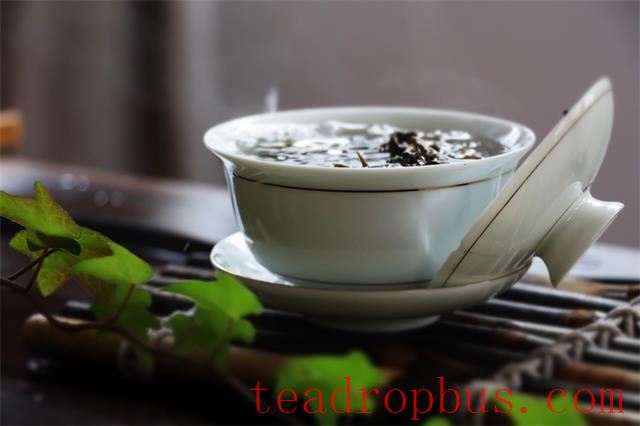First, pour boiling water into an empty Teapot, which is called “warming the pot.” This is to maintain a good pot temperature so that when you add more water, it isn't absorbed by the pot and reduces the heat.
After about 1 minute, place the lid on a “lid rest,” lift the pot, and pour water into the cups to “warm them.”
After adding the Tea, pour in the appropriate amount of hot water to “wake the tea.” When the tea in the pot is almost “awakened” to the right degree, discard the water used for warming the cups.
Before lifting the pot to pour tea into the cups or presenting the cups, get into the habit of dabbing the bottom of the pot or Cup on a tea towel, which will absorb any remaining water droplets from the bottom.

Before Steeping the tea, quickly soak the tea leaves with appropriately hot water. This is commonly known as “washing the tea” or “waking the tea.”
This not only raises the temperature of the tea leaves but also ensures that the water temperature for steeping is closer to what is needed.
Moreover, as the temperature of the tea rises, you can appreciate its aroma and discern the quality of the tea leaves.

Methods for Waking Tea
1. Steeping Aroma
After warming the pot, put an appropriate amount of tea leaves inside and cover it. Use the heat inside the pot to steep the tea for 1 minute. During this time, you can enjoy the aroma of the tea leaves.
This method is suitable for teas with a strong aroma and light roasting, especially new teas.

2. Moistening
After warming the pot, add the tea leaves and pour hot water (suitable for the type of tea) in a circular motion inward to wet the leaves. Cover the pot and immediately pour out the water.
This allows the tea leaves to absorb heat and moisture, transforming them from dry leaves into a state ready for brewing.
This method is suitable for teas with a slightly heavier roast or aged teas.